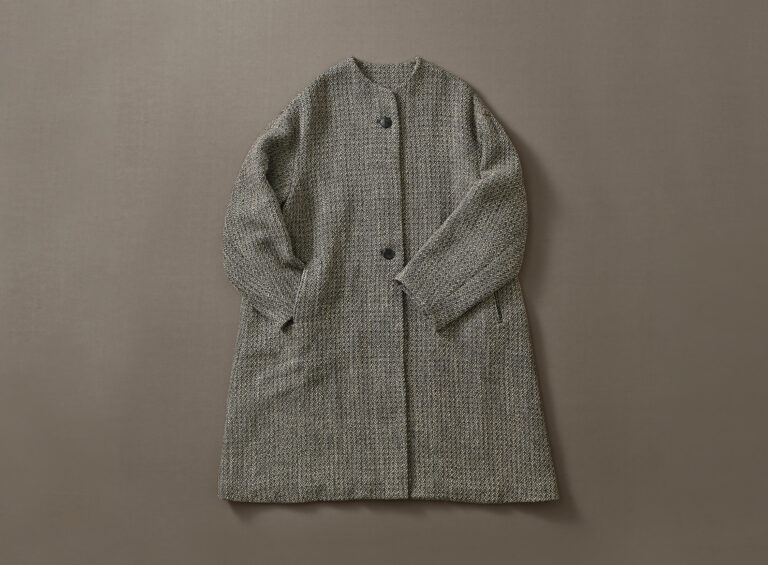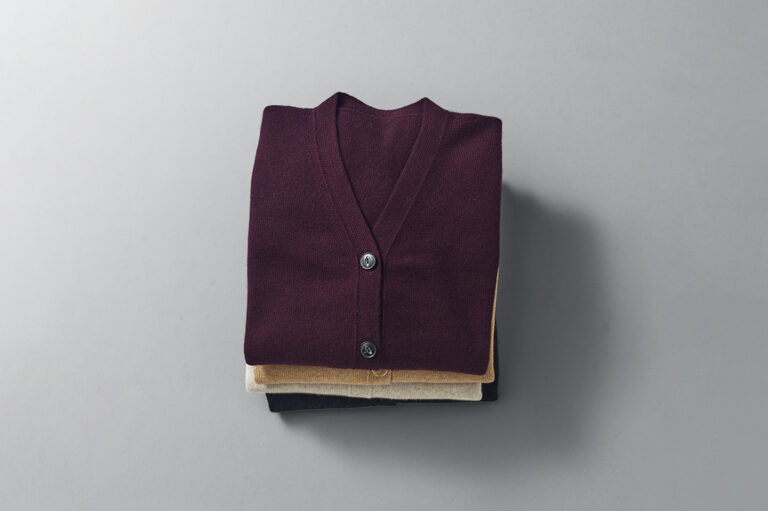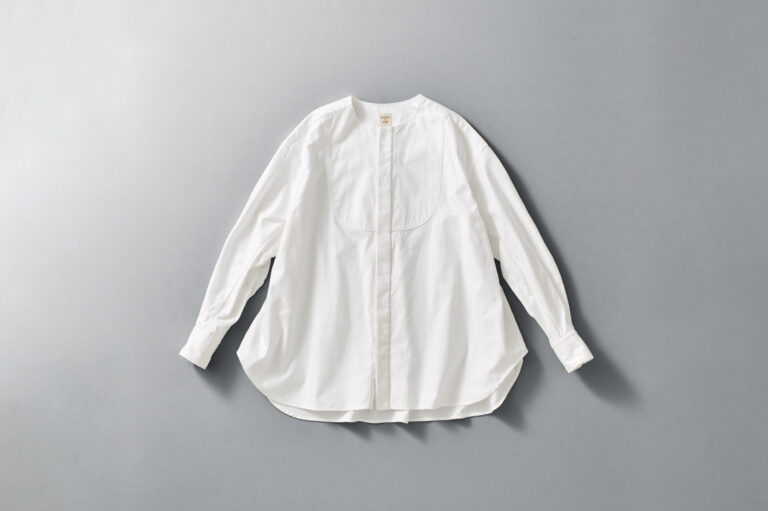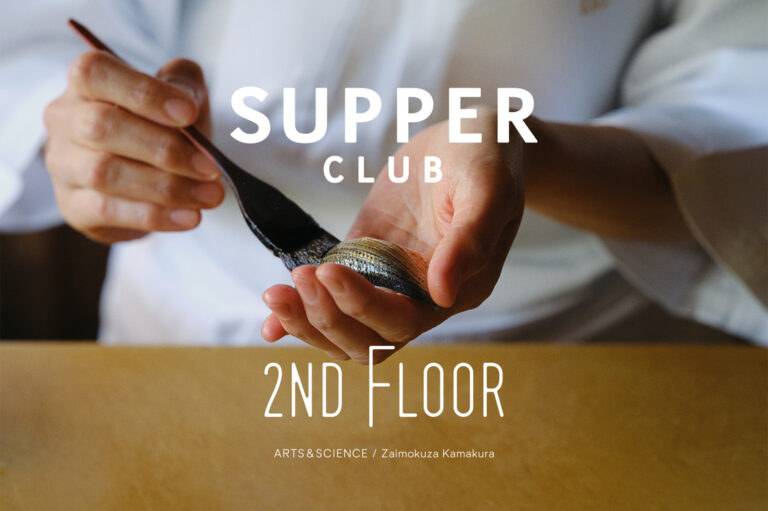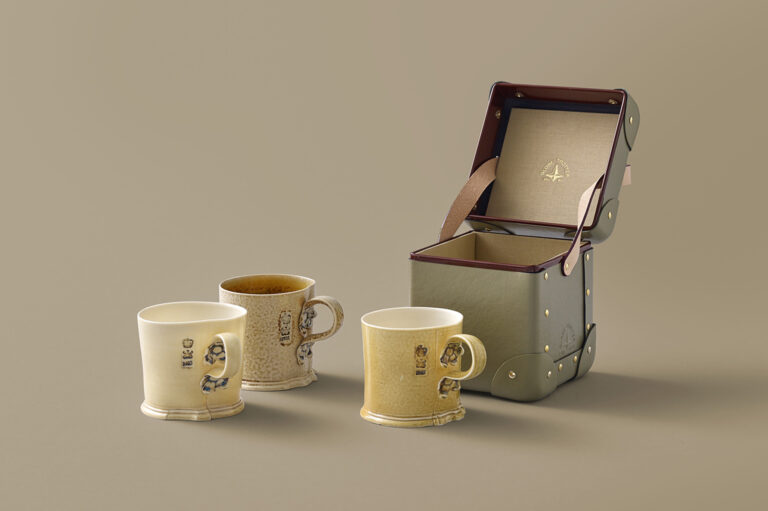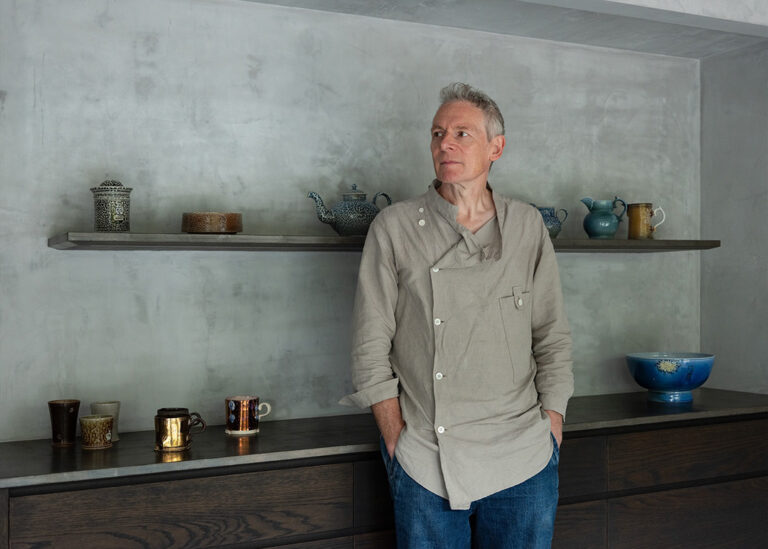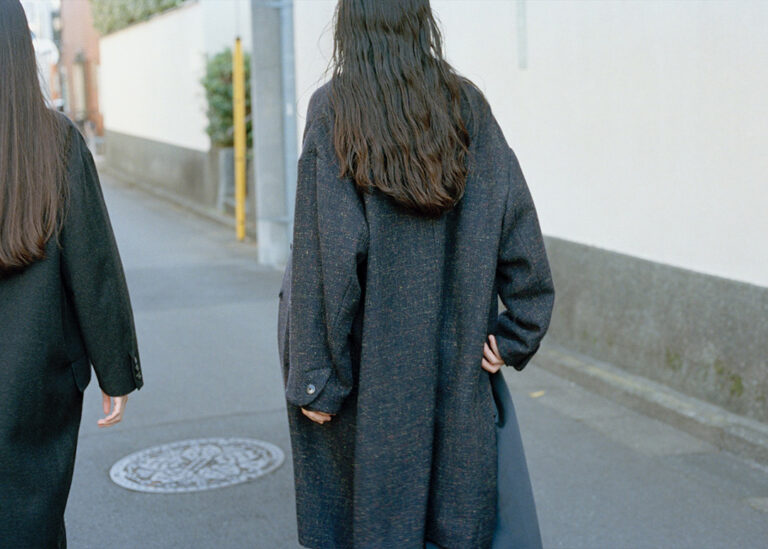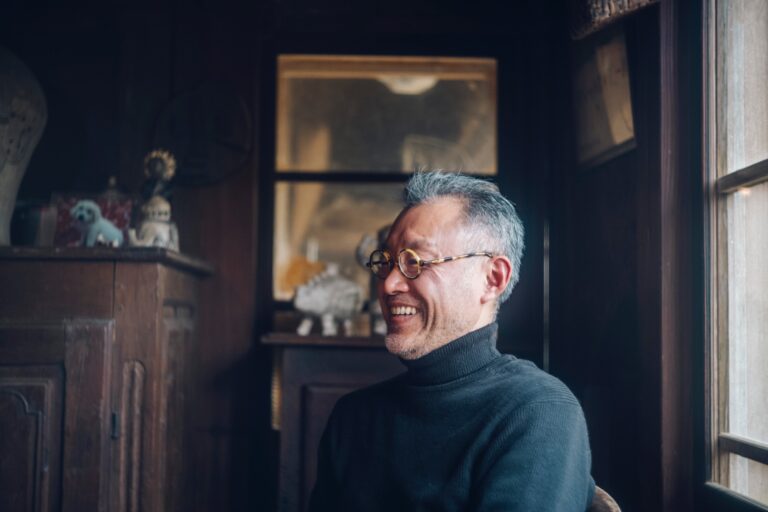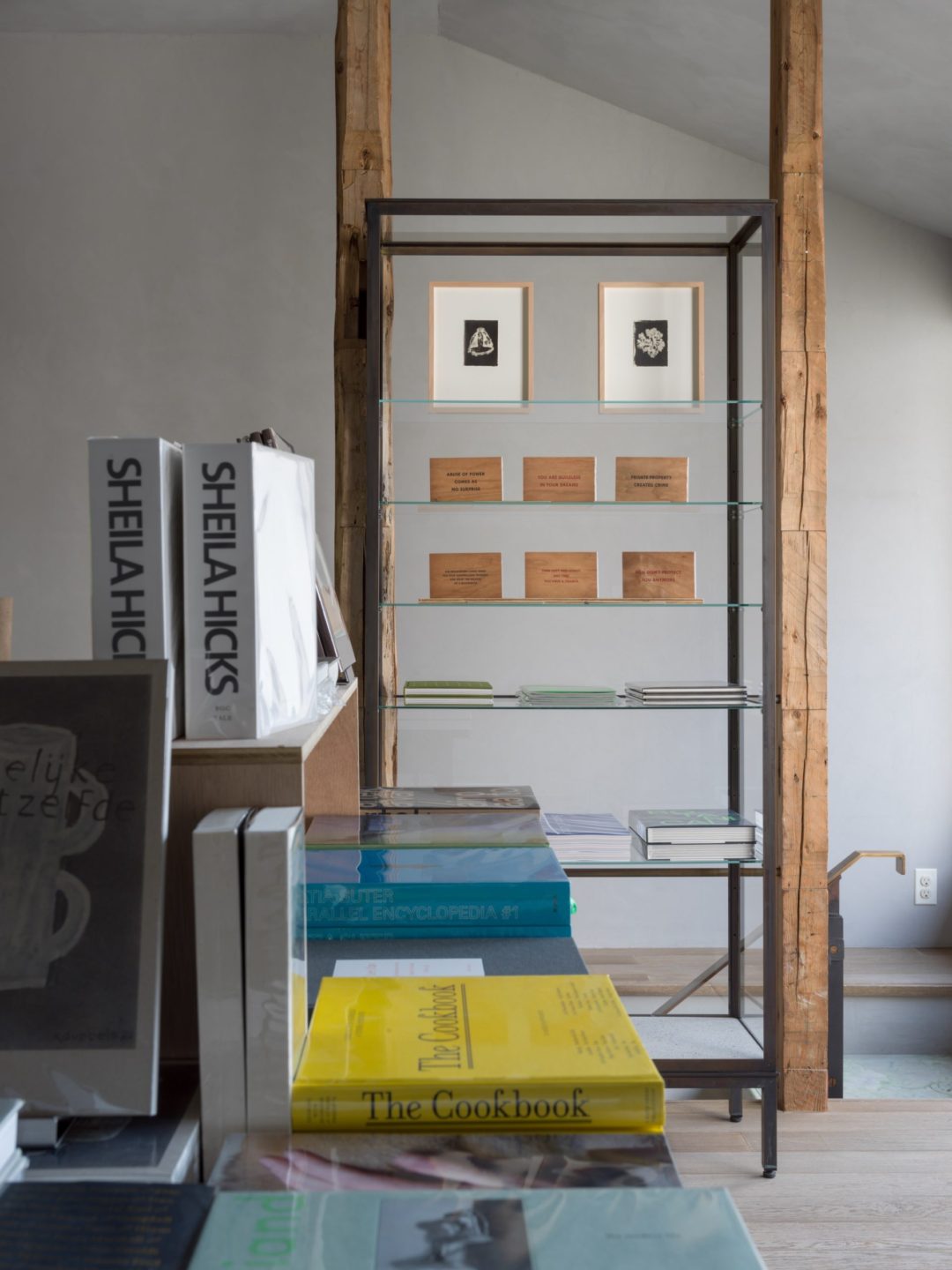
As we move into a time where people and events are finally returning to normal, we are hosting a pop-up shop, “POST in KYOTO” at &SHOP KYOTO. It has been four years since we have hosted an event for POST.
The experience of holding the book in one’s own hands and turning the pages is an important element of art books. The expressions conveyed in this action is an experience that goes outside of merely reading the information recorded in books. Particularly since the 2000s, art book expression has been changing at the same speed as the Internet. In recent years, art books have become even more diverse and are taking on the role of art that can be easily accessed.
Visiting a physical store has also changed over the past few years. More people feel that finding something they were looking for or didn’t know they were looking for, picking it up, and having a conversation with the staff in a store is a more valuable experience than simply purchasing a book on or offline.
In addition to art books published in recent years, POST will also have multiple copies and works by artists who have held exhibitions at POST. This is the perfect Spring season in May to visit “POST in KYOTO.”
〈FEATURES〉
This pop-up will be divided into three installments, each featuring a different book with a different theme, with POST’s own unique perspective. The selection of books will change on May 12 and May 22 according to the various concepts. Please look forward to each installment.
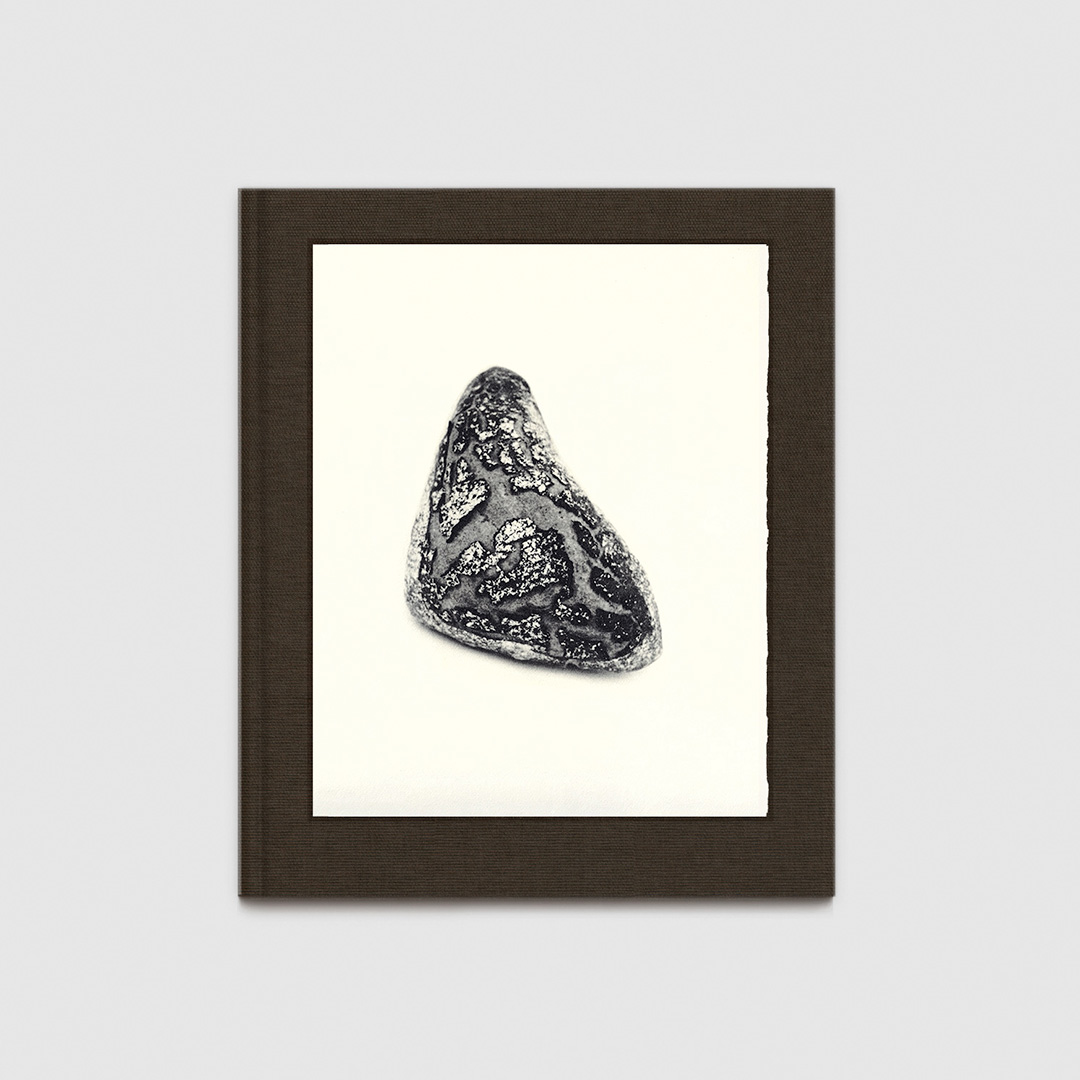
Sachiko Morita studied sculpture at Musashino Art University before going to Ecole Beaux Arts in Nantes, France. She began photographing objects, before leaving Japan. To this day, she continues to experiment on her own using traditional materials and devising her own unique printing methods.
Her process begins by making her original paper for photography by applying a photosensitizing agent with a brush to Italian watercolor paper. 35mm film camera photos of flowers, objects, etc. are taken in natural light are burned onto this photographic paper using an antique enlarger. She then removes the photosensitizing agent as if she is painting shadows with water and a paintbrush. This is why the intuitive, hand-drawn like outlines of her subjects that characterize her work reveal two sides: a photographic side that captures a moment in time, and a pictorial side that is completed over time as she defines the lines and shadows. In “Time in Air, Time in Paper,” 51 works made by these techniques are selected and organized into a book.

